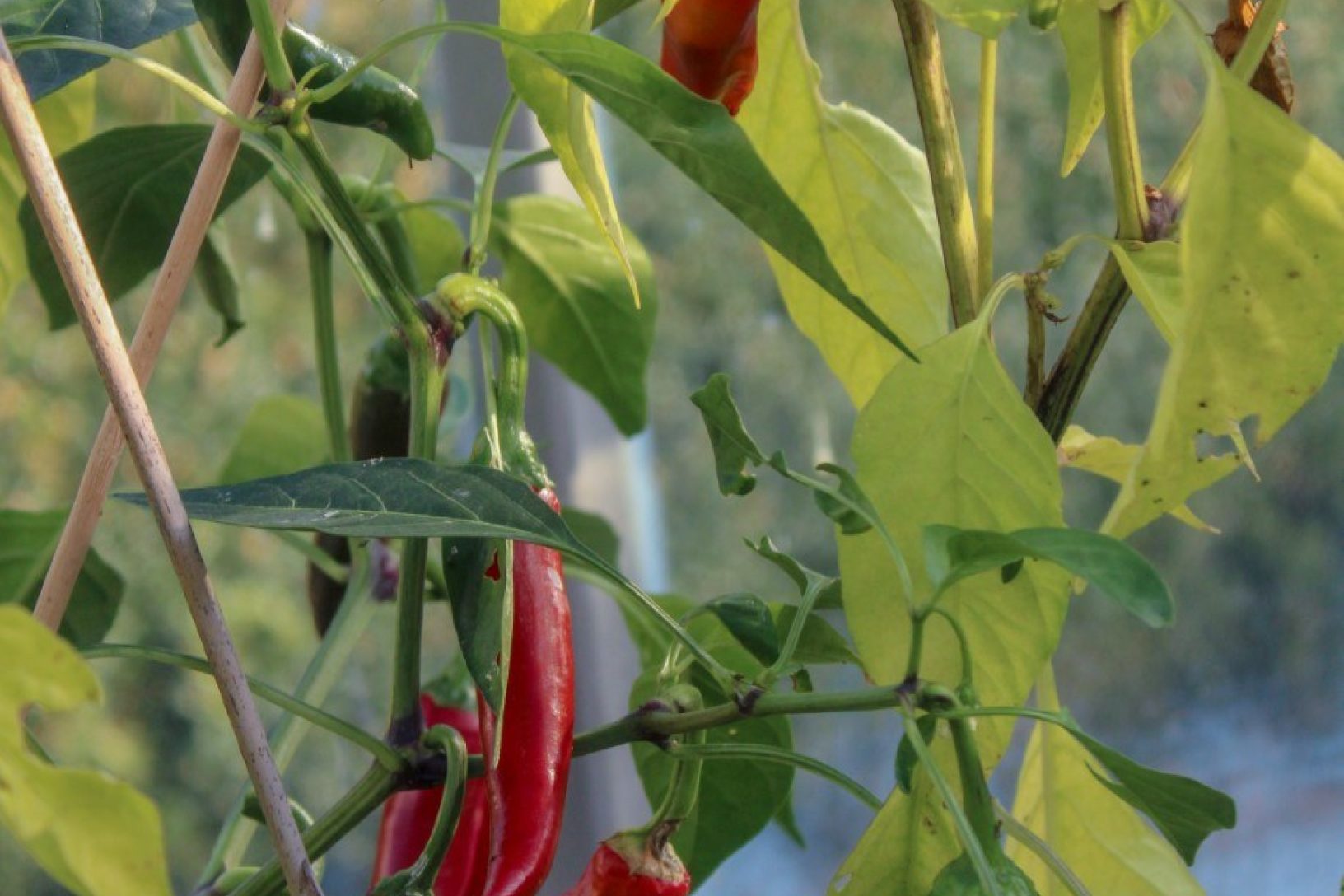Chilli plants in winter: a challenge or an opportunity? In this comprehensive guide, we’ll explore the secrets to keeping your chilli plants thriving during the colder months, from providing adequate sunlight and warmth to troubleshooting common problems. Get ready to embark on a journey where storytelling meets scientific facts, unlocking the secrets of chilli plant care in winter.
As the days grow shorter and the temperatures drop, chilli plants face unique challenges. But with the right care and attention, you can help your plants survive and even thrive during the winter months. In this guide, we’ll cover everything you need to know about winter care for chilli plants, including watering, fertilizing, and protecting them from the cold.
Winter Care for Chilli Plants

During the winter months, chilli plants require special care to ensure their survival and continued growth. Providing adequate sunlight and warmth is crucial for their well-being.
Sunlight and Warmth
Chilli plants are native to warm climates and require plenty of sunlight to thrive. During winter, when natural light is limited, it is essential to supplement with artificial light sources such as grow lights or by placing the plants in a greenhouse. Grow lights should provide a minimum of 12 hours of light per day, and the plants should be placed as close to the light source as possible without burning the leaves. Greenhouses provide a controlled environment with ample sunlight and warmth, making them ideal for growing chilli plants during winter.
Watering and Fertilizing Chilli Plants in Winter

During winter, chilli plants enter a dormant state and require less water than in active growth periods. Overwatering can lead to root rot and other issues, so it’s crucial to adjust your watering schedule accordingly.
Watering Frequency and Amount
- Water chilli plants only when the top 2-3 inches of soil feel dry to the touch.
- Water thoroughly, allowing excess water to drain from the pot or raised bed.
- Avoid letting the soil become completely dry, as this can stress the plant.
Fertilizing Chilli Plants in Winter
Fertilizing chilli plants in winter is generally not necessary, as they are not actively growing. However, if you notice signs of nutrient deficiency, such as yellowing leaves or stunted growth, you can apply a diluted organic fertilizer or liquid feed.
Importance of Avoiding Overwatering, Chilli plants in winter
Overwatering is a common problem for chilli plants in winter. When the soil is constantly wet, it prevents oxygen from reaching the roots, leading to root rot and other issues. Symptoms of overwatering include yellowing leaves, wilting, and stunted growth.
To avoid overwatering, follow these tips:
- Water only when the soil is dry to the touch.
- Use a moisture meter to check the soil moisture level.
- Make sure the pot or raised bed has good drainage.
- Avoid leaving the plant sitting in water.
Troubleshooting Common Winter Issues: Chilli Plants In Winter
Chilly plants can experience various problems during winter due to the change in environmental conditions. Identifying and addressing these issues promptly is crucial for maintaining plant health and productivity.
Leaf Drop
Leaf drop in winter is a common occurrence. Chilly plants may shed leaves as a response to cold temperatures, reduced sunlight, and lower humidity. To minimize leaf drop, provide adequate light using grow lights or place the plants in a sunny location. Maintaining optimal humidity levels through misting or using a humidifier can also help reduce leaf loss.
Yellowing
Yellowing of leaves during winter can indicate nutrient deficiencies. Chilly plants require adequate nitrogen, phosphorus, and potassium for healthy growth. Fertilize the plants regularly with a balanced fertilizer during winter, but avoid over-fertilizing. Ensure the soil pH is within the optimal range for chilly plants, which is between 6.0 and 6.5.
Pests
Chilly plants may be susceptible to pests such as aphids, spider mites, and mealybugs during winter. These pests thrive in warm, dry conditions and can cause damage to leaves and stems. Regular inspection of the plants is essential to detect and control pests promptly. Use insecticidal soap or neem oil to treat infestations. Maintain good hygiene by removing fallen leaves and debris around the plants to prevent pest buildup.

Chilli plants can be grown in winter with the right care and protection. The árbol de la vida planta, also known as the tree of life plant ( árbol de la vida planta ), is a popular choice for winter gardening due to its ability to thrive in low-light conditions and tolerate cooler temperatures.
Chilli plants, when grown in winter, require similar conditions. They should be kept in a warm, sunny spot and watered regularly. With the right care, chilli plants can continue to produce fruit throughout the winter months.
Chilly plants, with their heat-loving nature, struggle to survive the winter’s cold embrace. For those seeking companion plants for their peas, the website what to plant with peas offers a wealth of knowledge. Carrots, radishes, and lettuce are excellent choices, fostering healthy growth and deterring pests.
Returning to chilli plants, winter protection is crucial. Mulching around the base with straw or compost helps retain heat and moisture, ensuring their survival until spring’s warmth returns.
Chilly plants thrive in warm climates, but they can also be grown in winter with proper care. One such place where chilli plants can flourish during winter is at 10311 cement plant road . This location provides an ideal environment with controlled temperature and humidity, allowing chilli plants to produce a bountiful harvest even in the coldest months.